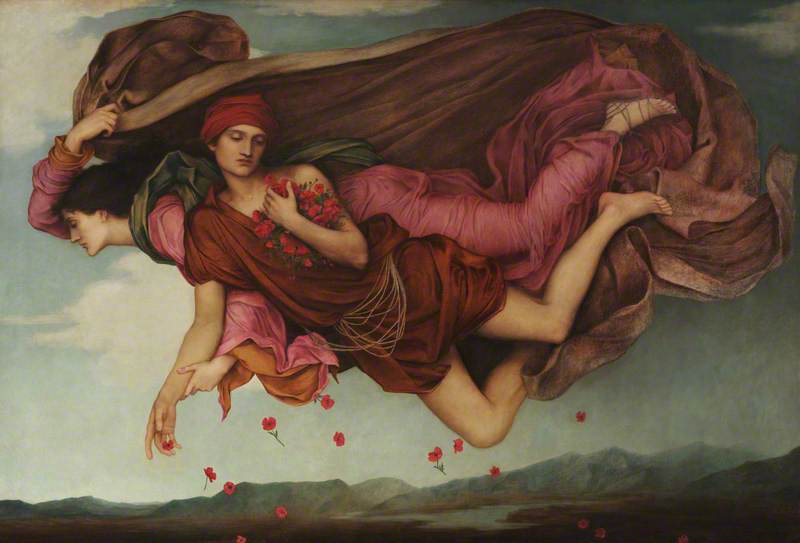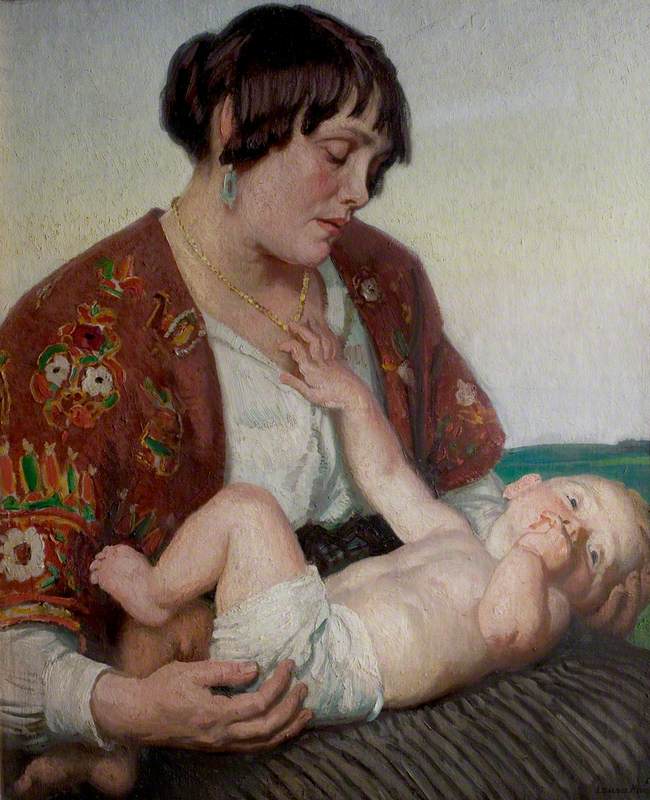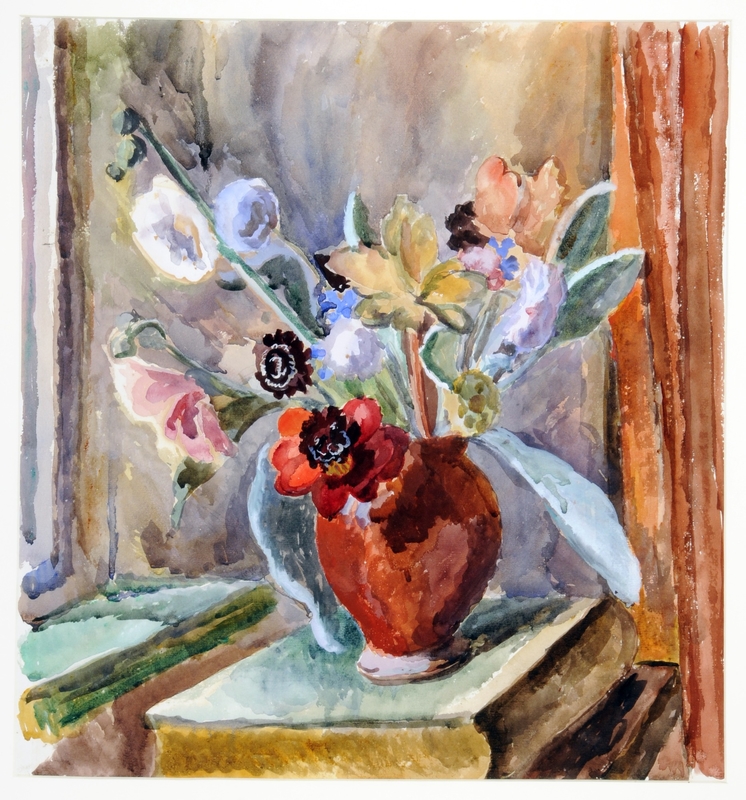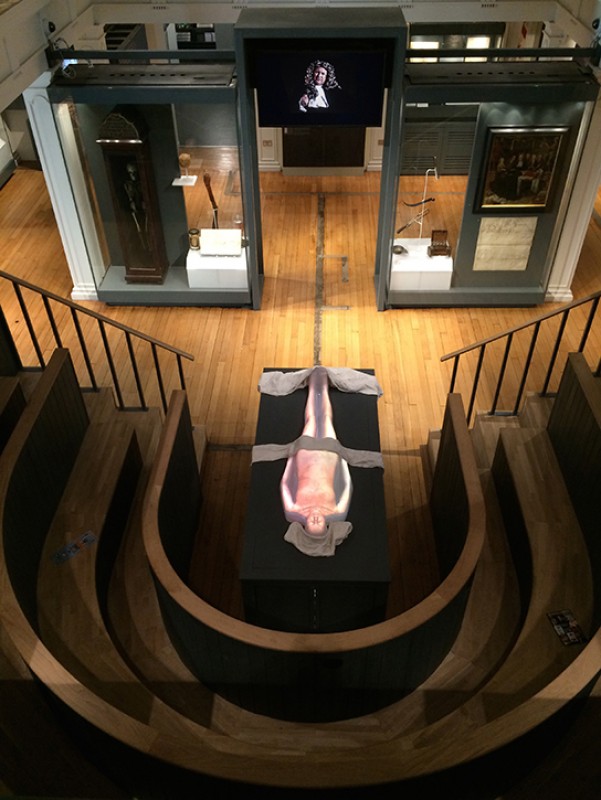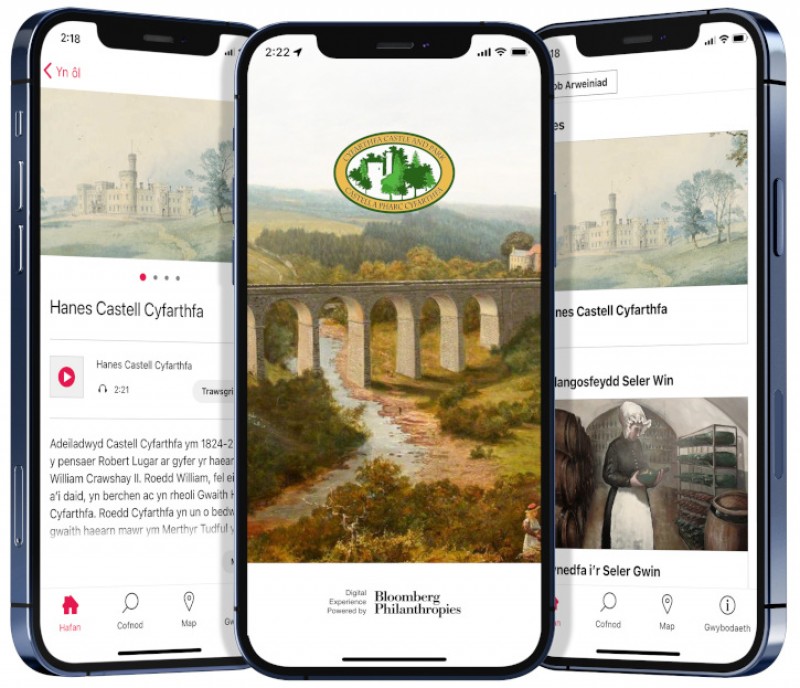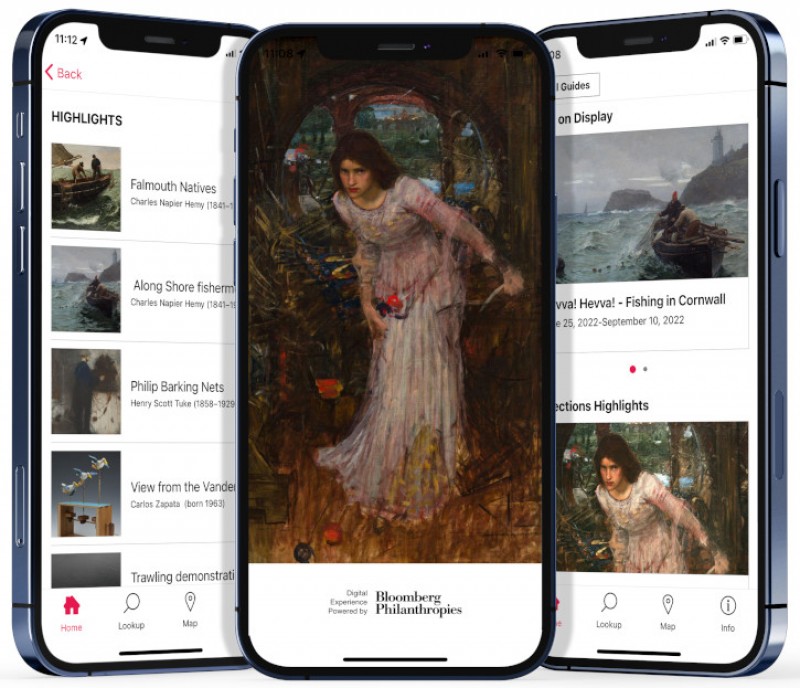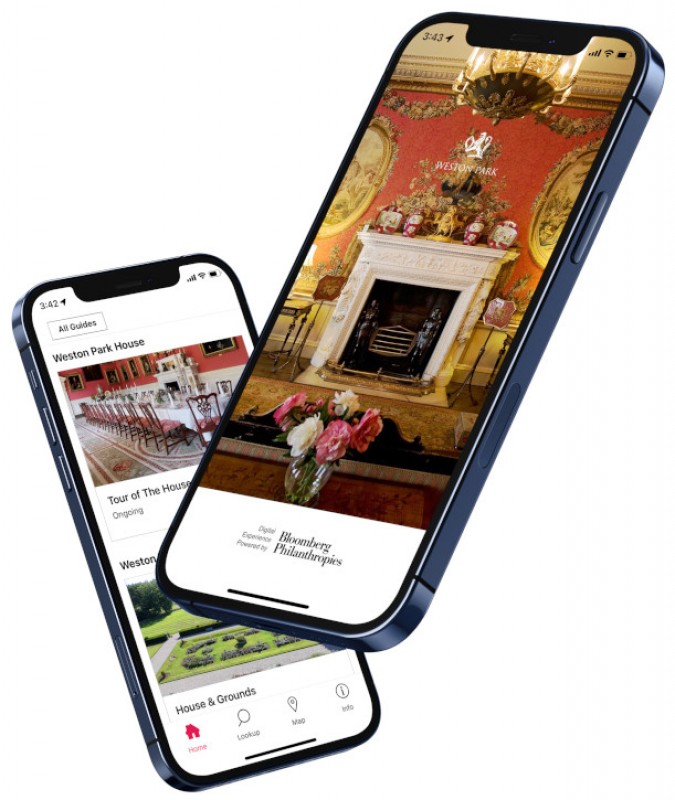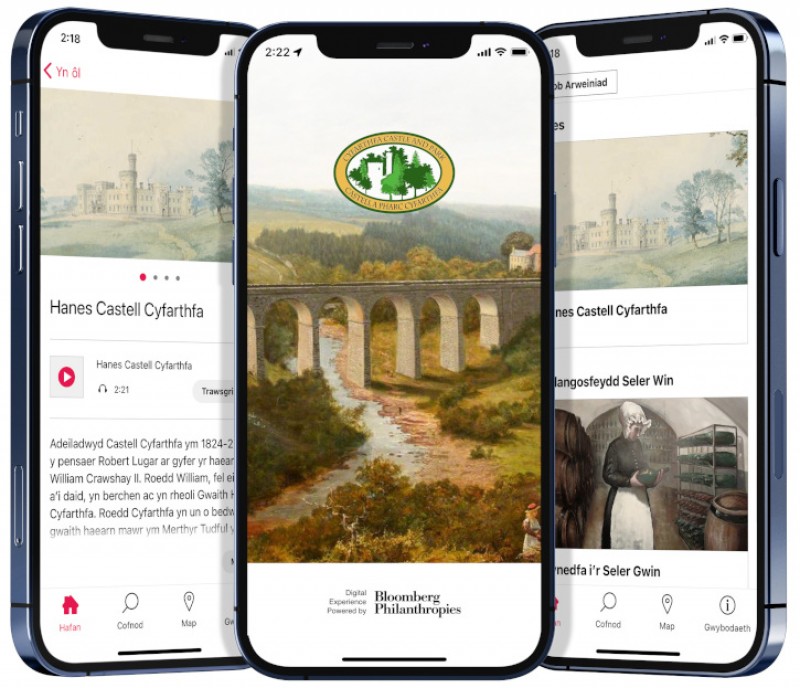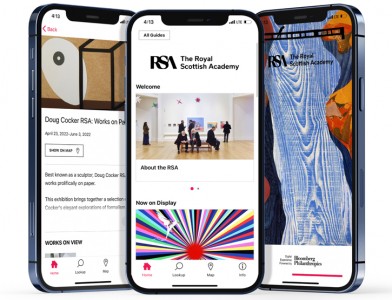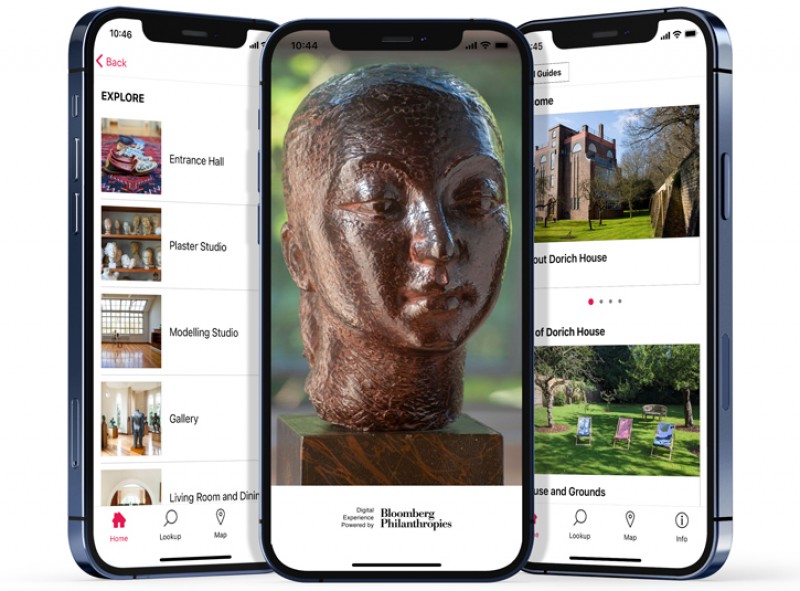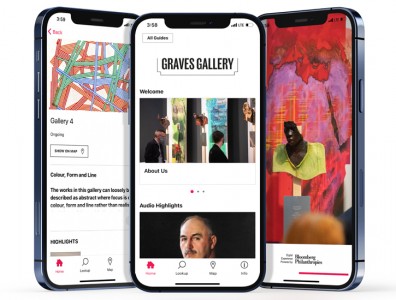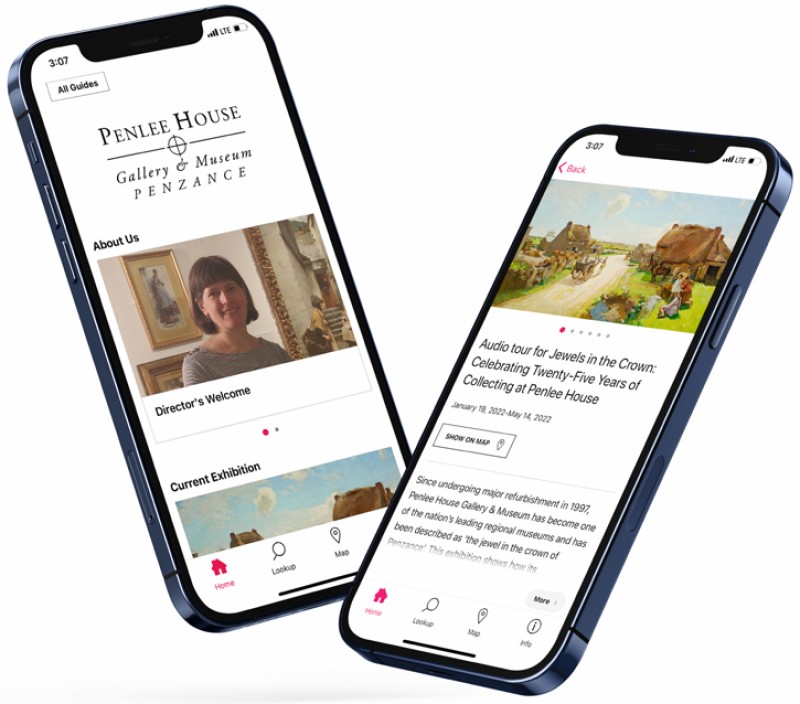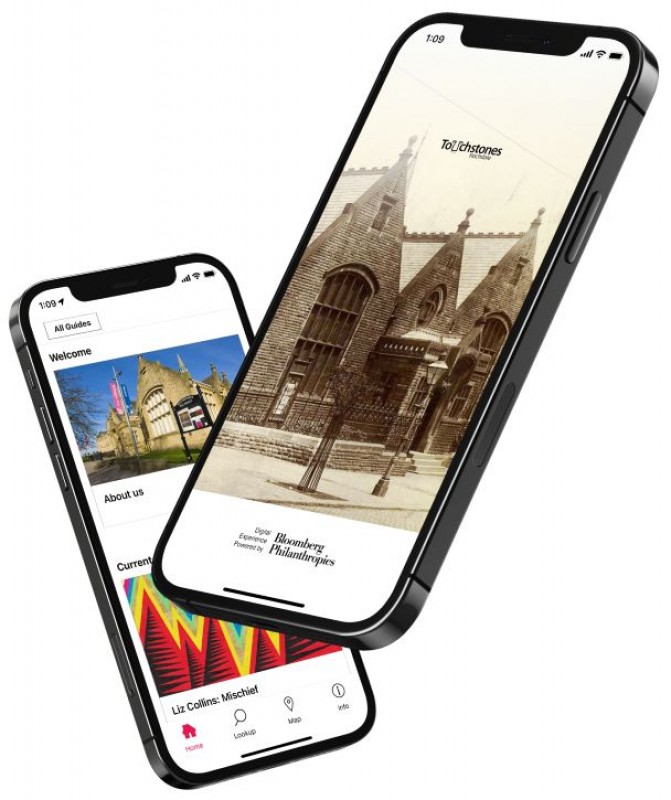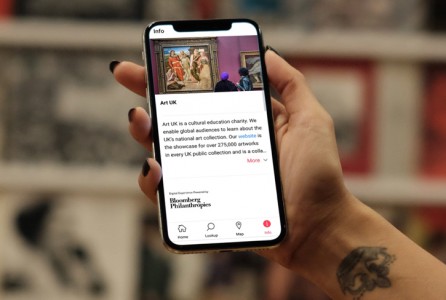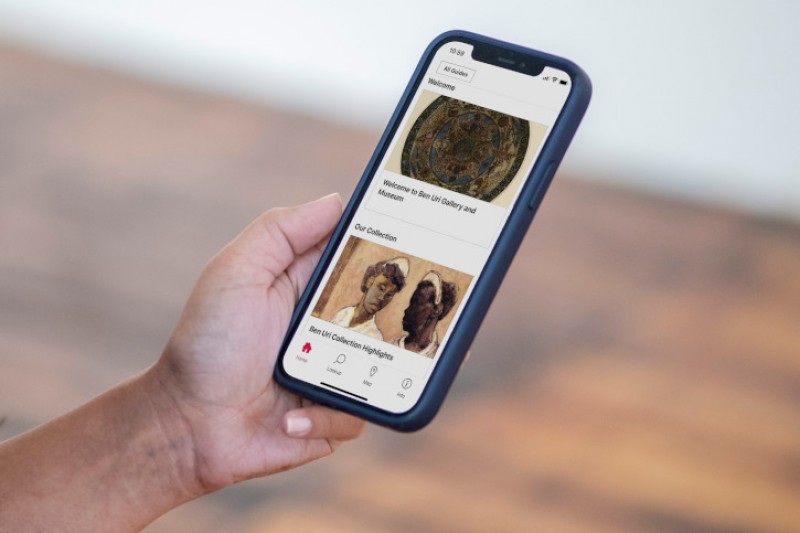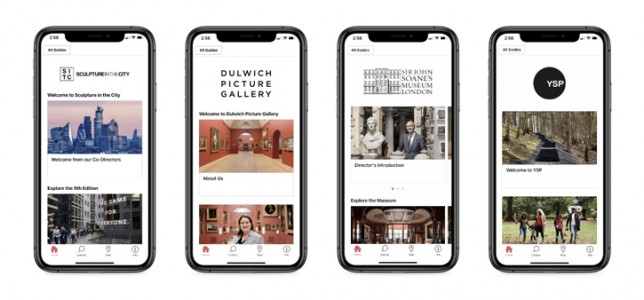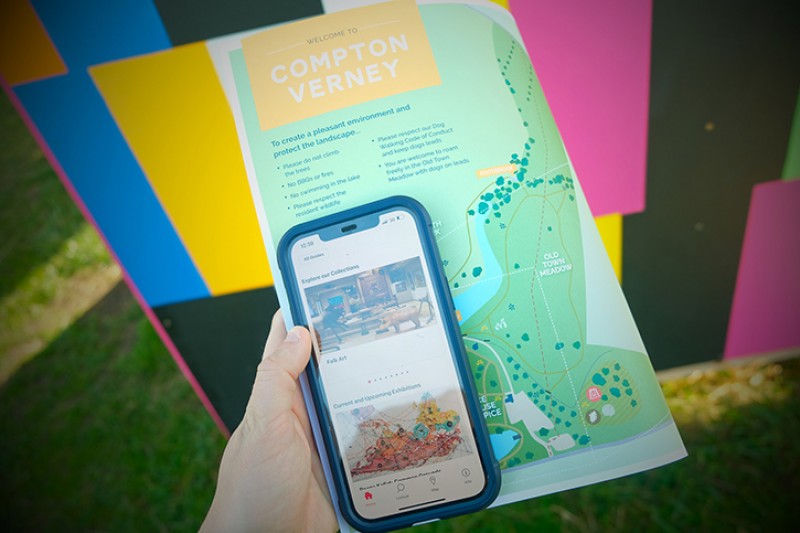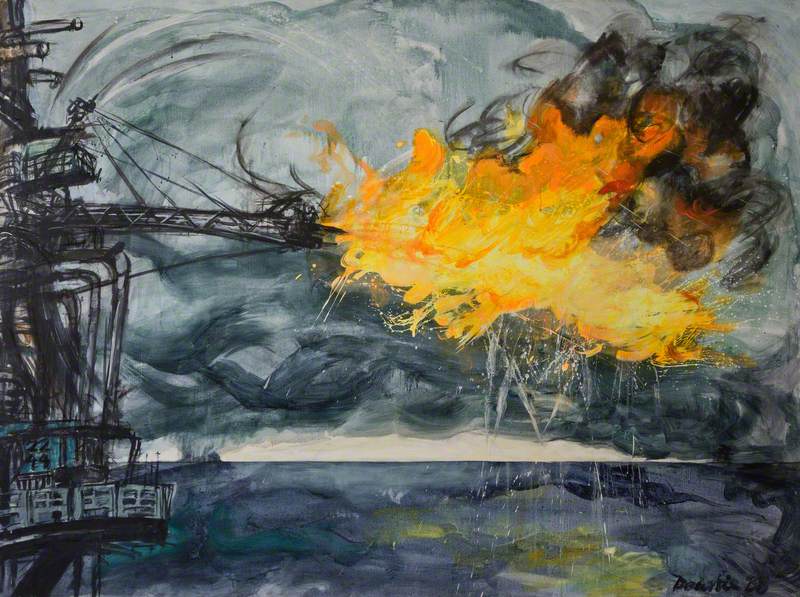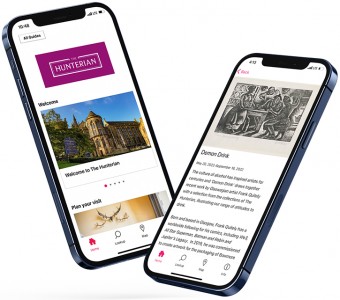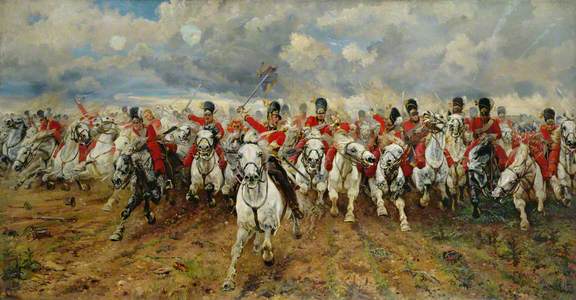Bloomberg Connects is a free app that lets you explore art venues from around the world from the comfort of your home. It also can provide extra content such as audioguides to enhance in-person visits. Each institution featured in this story has recently been added to the app.
The Ben Uri Gallery and Museum guide on the Bloomberg Connects app
Art schools began to open their doors to female artists towards the end of the 1800s, which saw many empowered women flourish with their newly available skills. In 1861, the Royal Academy began allowing female students to enrol and freedom to train in the arts gave women a platform for their voices to be heard. Each woman artist featured in this story had their own unique artistic voice that they wanted to present to the world through their work.
Here are four women artists born in the nineteenth century who challenged traditional stereotypes. You can explore and learn more about them on the app.
Elizabeth Butler (1846–1933)
The Leeds Art Gallery guide on the Bloomberg Connects app features the collection's highlights, including nine important paintings each chosen by members of staff.
Scotland for Ever! by Elizabeth Butler is an oil on canvas painting depicting the Royal Scots Greys starting their charge at the Battle of Waterloo in 1815. From each side of the canvas, men charge into battle on the backs of their horses, each dressed in military uniform. You can see a multitude of emotions on the soldiers' faces.
Butler was married to an army officer so was able to gain access to the parade ground. Very few artists were permitted there at the time, especially not women. She said in her autobiography, 'I never painted for the glory of war, but to portray its pathos and heroism.' This piece is considered one of the most celebrated pieces of nineteenth-century military painting.
Evelyn De Morgan (1855–1919)
The De Morgan Collection highlights the mythologically inspired paintings of Evelyn De Morgan. You can explore her work in more detail with the director's guided tours on the De Morgan Collection's guide available on the app.
Night and Sleep by Evelyn De Morgan is an oil on canvas painting. Night floats through the sunset sky, with his red cloak cascading behind, turning the sky from day to night. Intertwined in sleep with their arms locked together, Sleep appears relaxed, scattering poppies onto the earth beneath him to help the masses drift off. Each figure lies floating through the sky with their eyes closed as if already dreaming.
Evelyn challenged traditional stereotypes of the nineteenth century and became the first woman to enrol at the Slade School of Art. Her work was said to be produced to advocate for three causes: Victorian Spiritualism, feminism and a response to the ills of the modern world. Discover more about this piece in 'Gallery 4' on the Evelyn De Morgan Collection's guide on the Bloomberg Connects app.
Laura Knight (1877–1970)
A current display called 'Art as Inspiration' at Nottingham Castle highlights their collection through six different themes that have inspired artists over the centuries.
Motherhood by Laura Knight is an oil on canvas portrait of a mother and baby. The painting represents the eternal bond of motherhood as the mother gazes at her child. The child is reaching up to grab the mother's golden necklace while sucking its left thumb and gazing into the distance.
Knight was one of the most highly regarded artists of her time and became the first official female member of the Royal Academy (apart from the two original members Mary Moser and Angelica Kauffmann). Her work is a representation of women from different social classes, inspired by her mother who influenced her to produce work based on the beauty of everyday life.
Vanessa Bell (1879–1961)
You may have heard of Virginia Woolf, the author considered one of the most influential modern writers of the twentieth century, but have you heard of her younger sister, renowned English painter Vanessa Bell?
Flowerpiece by Vanessa Bell is a watercolour of a vase of flowers. The flowers are positioned in an in-house scene beside a window, stacked upon a pedestal of books. The vase is a deep rust-coloured tone alongside the centre flower, whereas the majority of the flowers are light pastel colours. The background consists of light, muted colours, highlighting the beam of light coming in from the window. Bell's abstract shapes and visible brushstrokes create her signature style, used throughout her artistic career through colourful portraits and still life scenes.
Vanessa Bell was a Post-Impressionist painter and member of the Bloomsbury Group, alongside her sister, where she met various famous characters. Bell was considered an inspirational free-thinker of the time with modern views on feminism and marriage. You can discover more in The Cooper Gallery's guide 'Meet the Collectors: Gallery 5' on the Bloomberg Connects app, where you can hear the Collections and Exhibitions Manager talk about this artwork.
Download the Bloomberg Connects app today to explore these newly added institution guides and learn more about each of these empowered women artists.
Lauren Souras, Intern at Art UK

